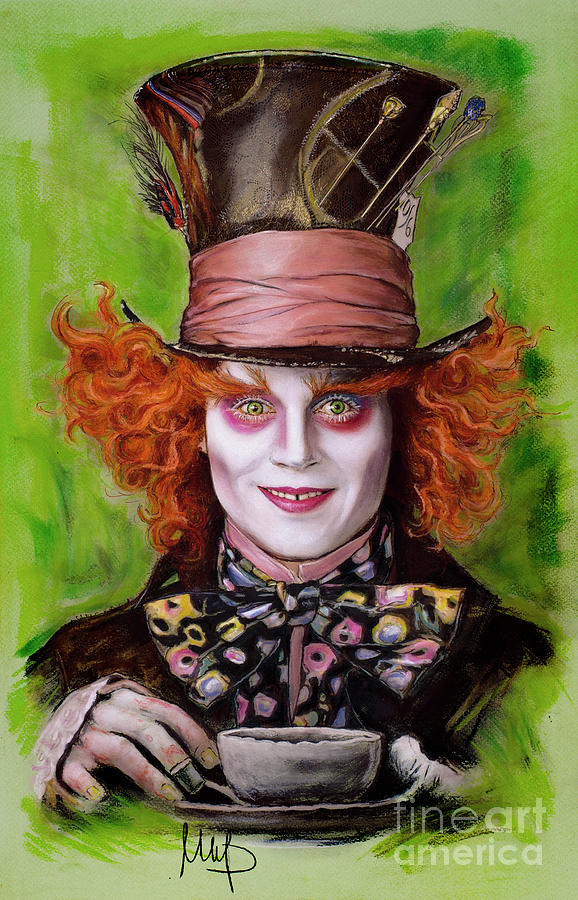

This is not substantiated by university records. Carter was supposedly at one time a servitor at Christ Church, one of the University of Oxford's colleges.

It has been claimed that the Hatter's character may have been inspired by Theophilus Carter, an eccentric furniture dealer. Visit either you like: they're both mad.' The first mention of both characters occurs in the previous chapter, "Pig and Pepper", in a conversation between Alice and the Cheshire Cat: (Alice): 'What sort of people live about here?' (Cheshire Cat): 'In THAT direction,' the Cat said, waving its right paw round, 'lives a Hatter: and in THAT direction,' waving the other paw, 'lives a March Hare. However, the Hatter does not exhibit the symptoms of mercury poisoning, which include "excessive timidity, diffidence, increasing shyness, loss of self-confidence, anxiety, and a desire to remain unobserved and unobtrusive." The Hatter and the March Hare are initially referred to as "both mad" by the Cheshire Cat, and both first appear in the seventh chapter of Alice's Adventures in Wonderland, which is titled "A Mad Tea-Party". Hat making was the main trade in Stockport, near where Carroll grew up, and it was not unusual then for hatters to appear disturbed or confused many died early as a result of mercury poisoning. Mercury was used in the process of curing felt used in some hats, making it impossible for hatters to avoid inhaling the mercury fumes given off during the hat making process hatters and mill workers thus often suffered mad hatter disease, mercury poisoning causing neurological damage including confused speech and distorted vision. He is also mentioned as being one of the White King's messengers, and the March Hare appears as well as "Haigha", since the King explains that he needs two messengers: "one to come, and one to go." Sir John Tenniel's illustration also depicts him as sipping from a teacup as he did in the original novel, adding weight to Carroll's hint that the two characters are very much the same.Īlthough the name "Mad Hatter" was clearly inspired by the phrase "as mad as a hatter", there is some uncertainty as to the origins of this phrase. However, this time, he is not necessarily guilty: the White Queen explained that quite often subjects are punished before they commit a crime, rather than after, and sometimes they do not even commit it at all. When the character makes his appearance as "Hatta" in Through the Looking-Glass, he is in trouble with the law once again. He appears again as a witness at the Knave of Hearts' trial, where the Queen appears to recognise him as the singer she sentenced to death, and the King also cautions him not to be nervous "or I'll have you executed on the spot." The tea party, when Alice arrives, is characterised by switching places on the table at any given time, making short, personal remarks, asking unanswerable riddles and reciting nonsensical poetry, all of which eventually drive Alice away. In retaliation, Time (referred to as a "Him") halts himself in respect to the Hatter, keeping him and the March Hare stuck at 6:00 forever. The Hatter explains to Alice that he and the March Hare are always having tea because, when he tried to sing for the Queen of Hearts at her celebration, she gave him the capital punishment for "murdering the time," but he escaped decapitation.

#MAD AS A HATTER CODE#
6.12 Code Geass: Nunnally in Wonderland.


 0 kommentar(er)
0 kommentar(er)
